(BIVN) – An over 8,200-foot, cat-proof fence has been installed on Maunakea by the Department of Hawaiian Home Lands, in order to protect an active nesting area for an endangered native seabird, known as the ʻuaʻu.
A ceremony marked the completion of the fenced enclosure on a parcel of DHHL land on Friday, March 22nd. The Department detailed the event in a news release:
The ceremony, Ho‘i Nā Manu I Kaupakuhale (the birds return to the highest perches of Mauna Kea), was conducted in partnership with researchers at the University of Hawai‘i at Hilo, DLNR Division of Forestry and Wildlife (DOFAW), and the U.S. Fish and Wildlife Services.
“ʻUaʻu were once an abundant cultural resource of Mauna Kea and an important part of the ecosystem therefore the purpose of our ceremony is to call the ʻuaʻu home where they will be protected,” said Kuali‘i Camara, DHHL ‘Āina Mauna Resource Manager. “Once ʻuaʻu were rediscovered on Mauna Kea we partnered with the many branches of DOFAW, UH and Mauna Kea Watershed Alliance to quickly and collaboratively protect this vulnerable population; we’re working together to envision and manifest the health and abundance of ʻuaʻu on Mauna Kea once again.”
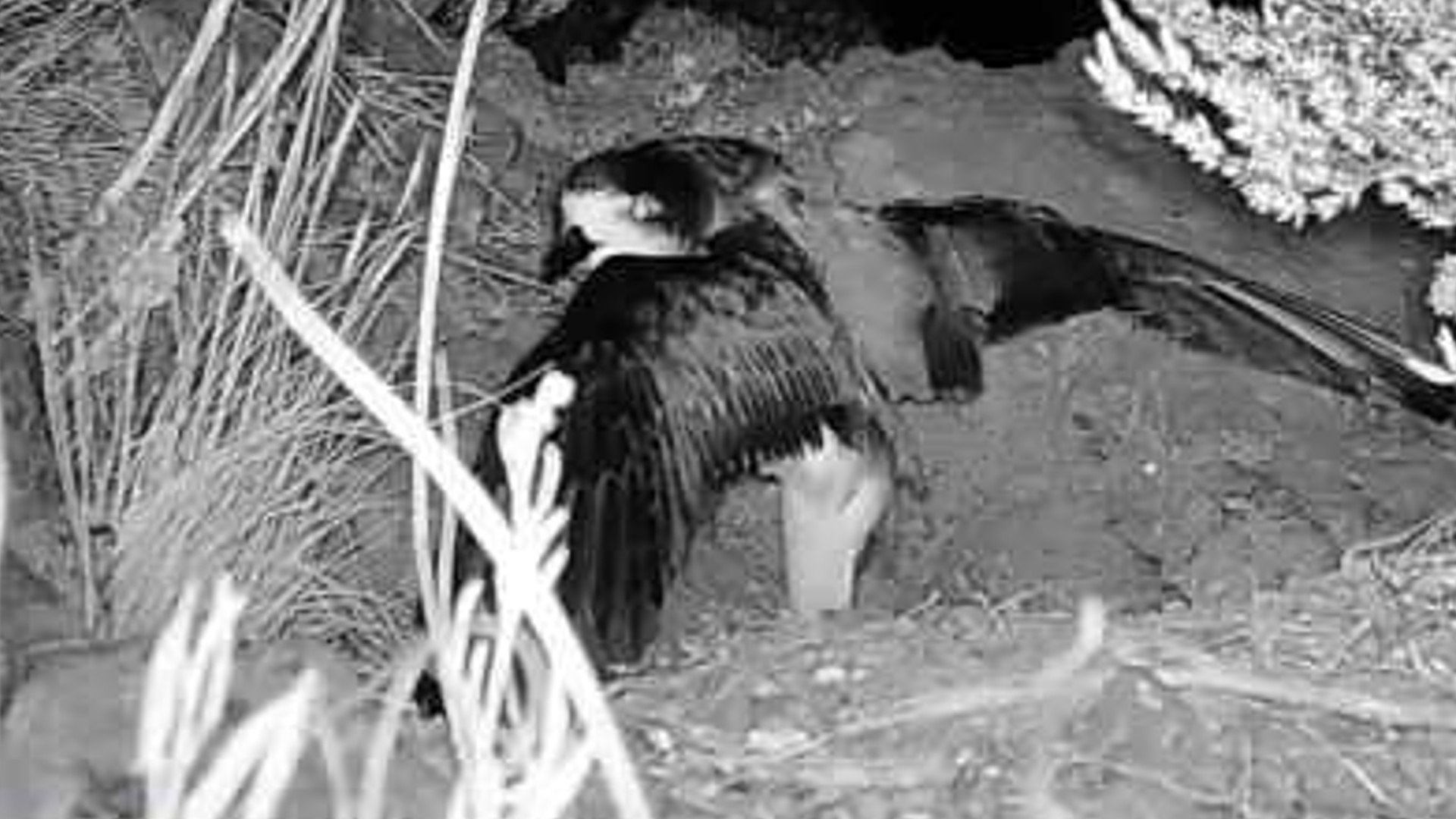
University of Hawaiʻi at Hilo researchers located the endangered uaʻu at the nesting site in May 2021. (UH photo)
From the DHHL:
In May 2021, University of Hawaiʻi at Hilo researchers observed ‘ua‘u, or the Hawaiian petrel, flying above Pu‘u Kaiwiiwi and actively nesting on DHHL lands. ‘Ua‘u have not been recorded in the area since 1954. The university through the Center for Maunakea Stewardship (CMS) initially contributed $265,000 to fund the survey of Native Hawaiian birds and bats within UH managed lands and adjacent areas on Mauna Kea.
“UH is deeply committed to environmental stewardship and conservation, and this installation not only protects a delicate nesting area, it also showcases the strength of collaborative efforts in caring for our ʻāina,” said Greg Chun, executive director of CMS. “We extend our gratitude to DHHL for this opportunity to work collaboratively to preserve these precious ʻuaʻu, who have returned to this wahi pana.”
Since the discovery of their nesting area efforts have been made to survey for more ‘ua‘u activity and to protect burrowing birds. The primary focus has been on trapping predators, particularly feral cats, to minimize threats to the nesting ‘ua’u.
“As stewards of ʻāina we’re dedicated to protecting and revitalizing our lands from mauka to makai,” said Department of Hawaiian Home Lands Director Kali Watson. “Preserving our natural resources not only protects the land but also upholds our cultural traditions and identity as Kanaka for the benefit of generations to come.”
Work on the more than 8,200-foot fence began in January 2022. The fence surrounds 93-acres of DHHL land situated approximately 9,000 feet above sea level near Pu‘u Kahinahina. The fence is six feet tall and includes a three-foot cat-proof extension and a two-foot buried skirt to deter feral cats from accessing the enclosure.
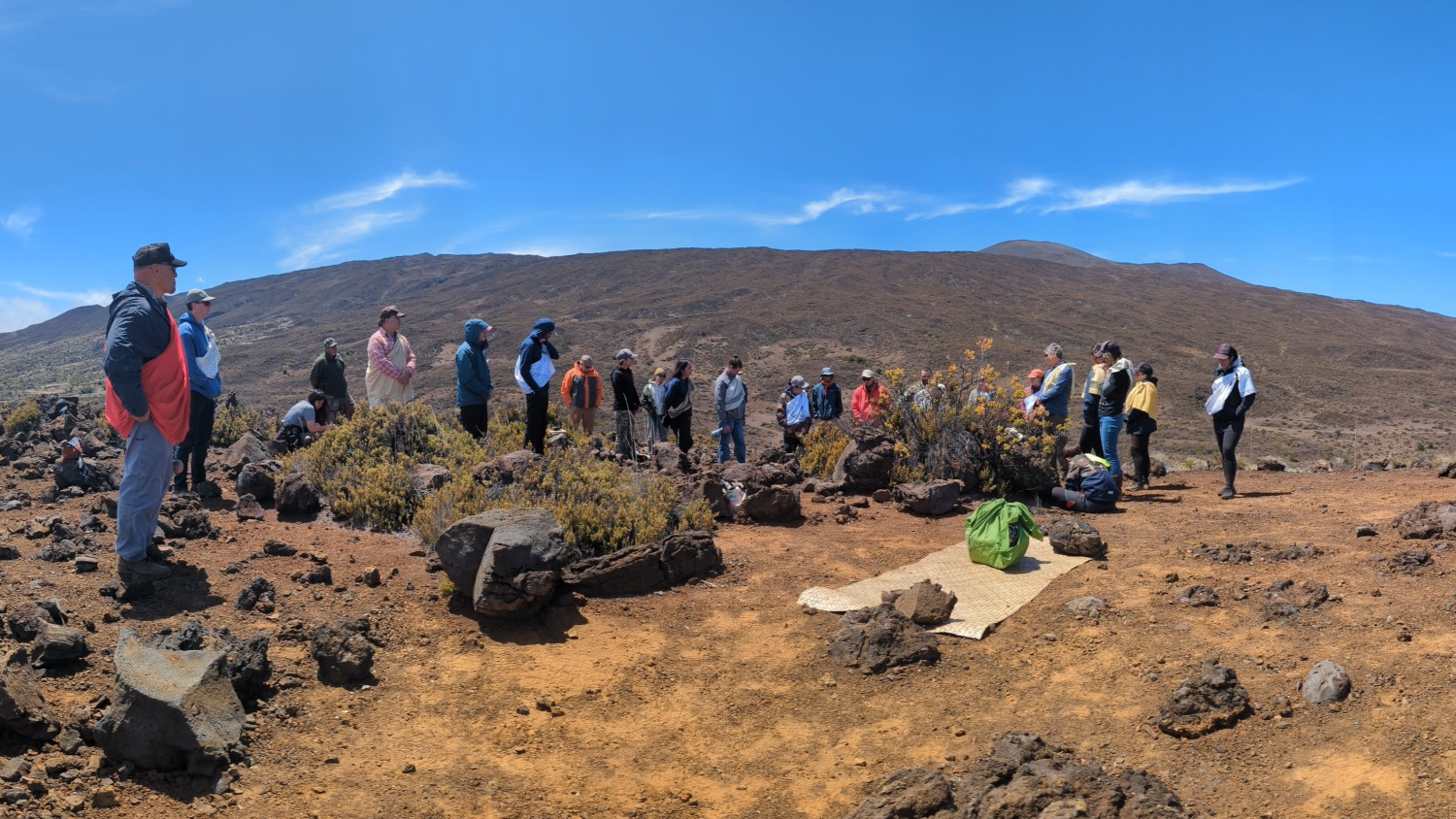
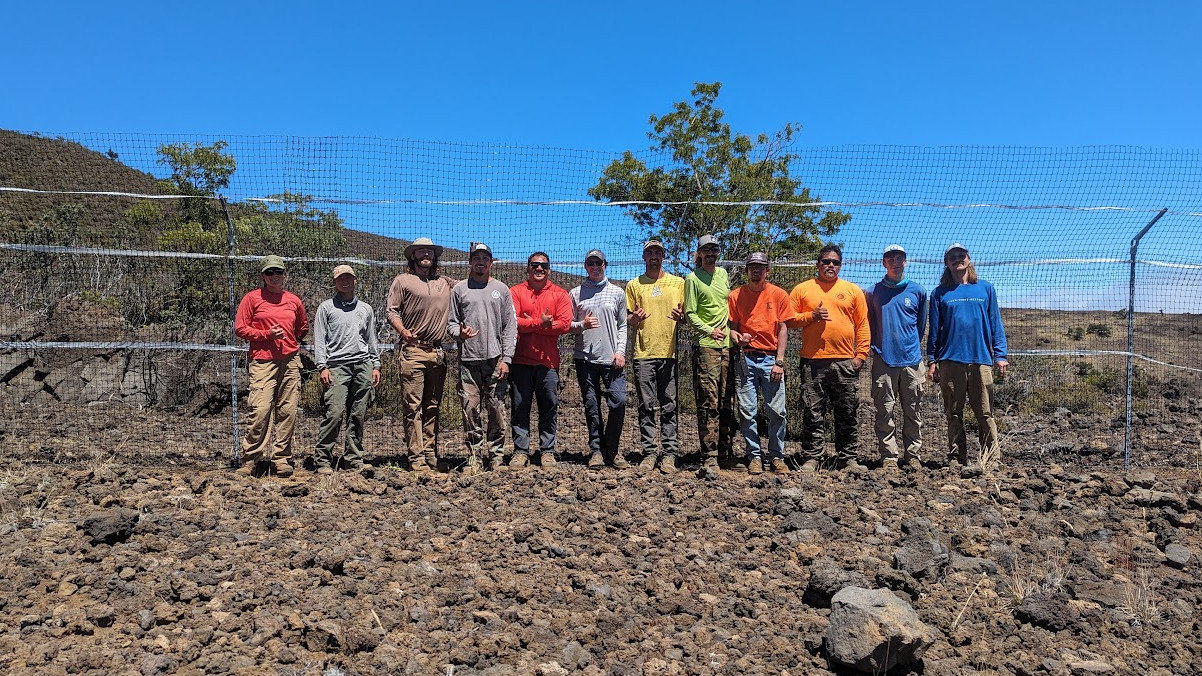
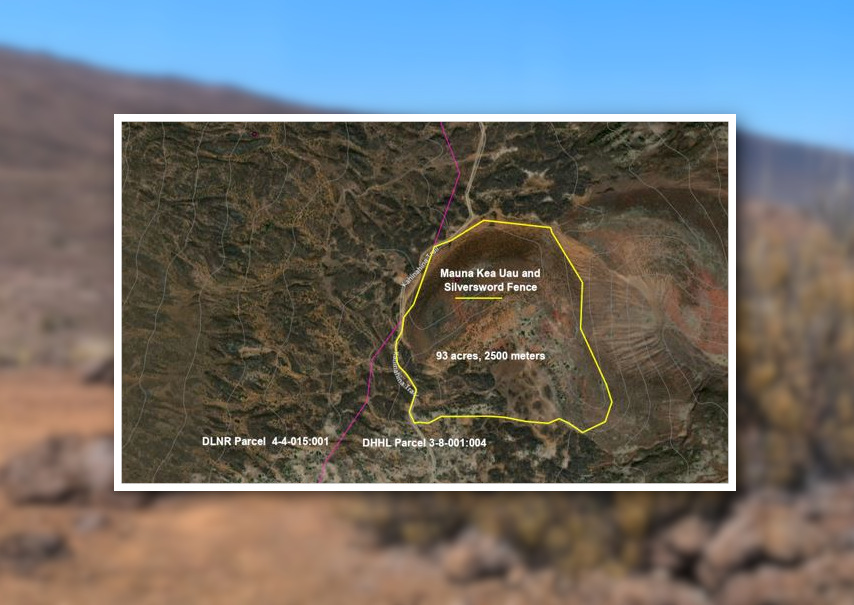
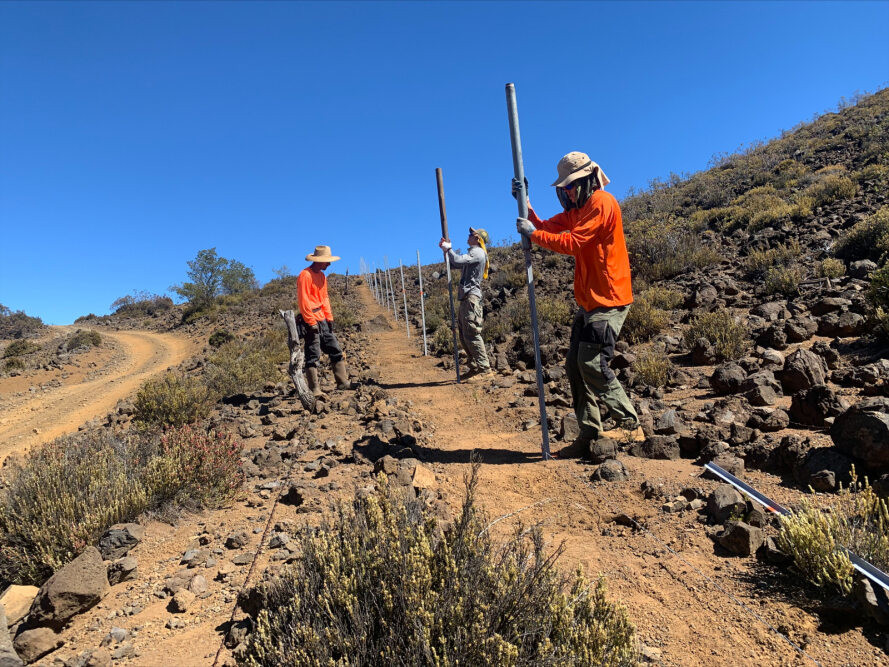

by Big Island Video News4:56 pm
on at
STORY SUMMARY
MAUNAKEA, Hawaiʻi - The endangered native seabird burrows were discovered on Hawaiian Home Lands for first time in more than six-decades.